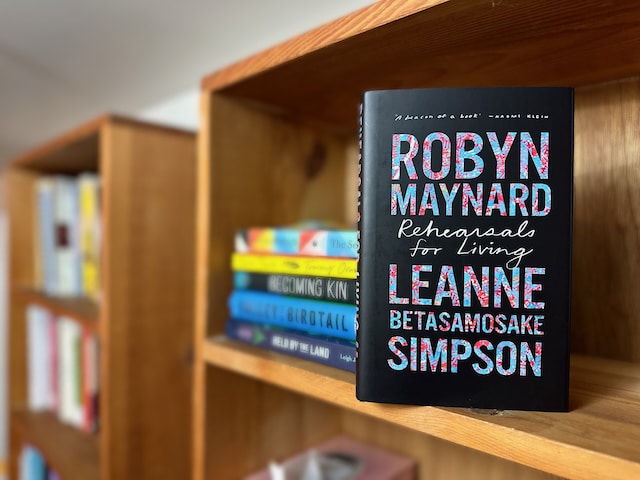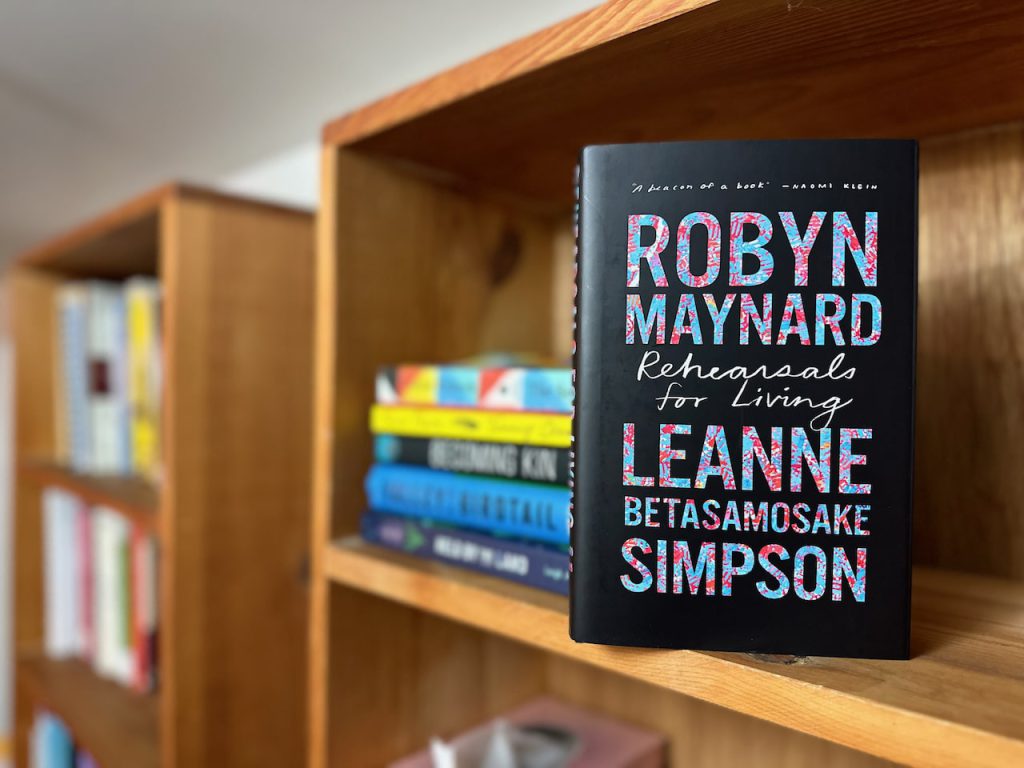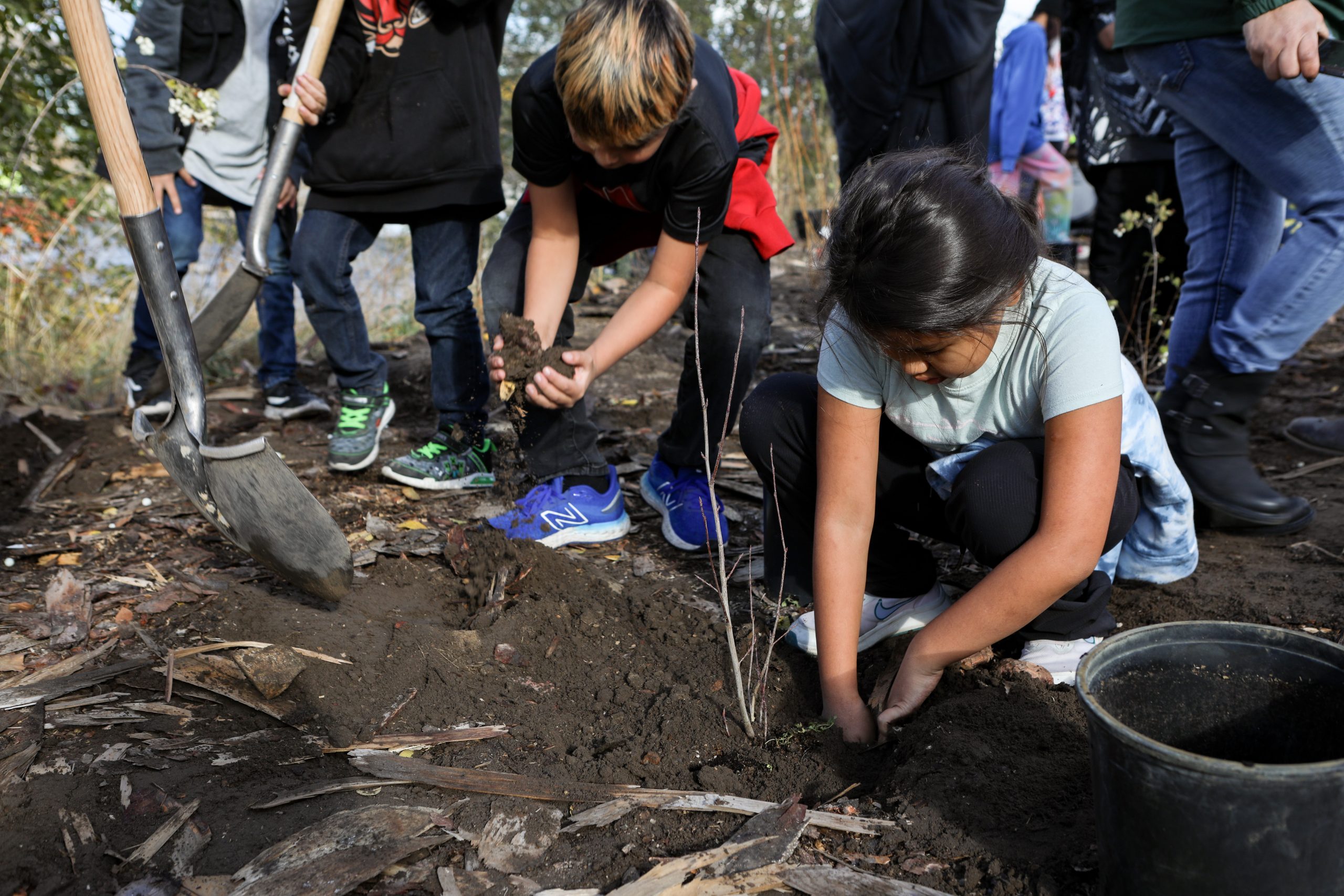During Black History Month, let’s recognize how the media we consume shapes us
Some years ago, I began a conscious effort to seek out more diverse music, TV, movies and books — and it was amazing


Decolonizing oneself is a personal process. As an Indigenous person, I used to assume that I wasn’t a participant in white supremacy, because I was so proud to be Cree, and so grateful for my culture. But as my self-education grew, I started to realize that wasn’t true.
The more books I read, the more smart women I followed on Twitter, the more deep conversations I had with close, radical friends — the more I began to see a different truth. Finally, a few years ago, I realized I was indoctrinated with white supremacy. So much so, in fact, that I couldn’t even see it.
I was swimming in it. And because I had failed to acknowledge it, I was normalizing it and thus perpetuating it.
I remember where I was at the exact moment the lightbulb went on. I was in the car, in the passenger seat, my partner driving. I had the experience of seeing my whole life go by in a blur, like a film, in front of my eyes.
This is what I saw: at every stage of my life, I consumed creative content made by, about, and starring white people almost exclusively. All the TV shows I grew up with. The music I loved and obsessed over. My celebrity crushes. Almost all the books I read — and I read a lot.
I, too, had bought into the concept of white people as the standard and everyone else requiring a descriptive adjective. White women could be referred to as “women” on the news, but Indigenous women couldn’t. If that modifier wasn’t there, everyone, including myself, would assume they were talking about white women.
From there, it all fell like a house of cards.
When someone spoke about the women’s movement, they were actually talking about the white women’s movement. In high school, when I learned about “women” getting the vote in the 1920s, there was no mention of the fact that Indigenous women did not get the vote until 1964.
I realized that Friends probably should have been named White Friends — and I noticed the fact that the main cast was all white had never bothered me. I knew I wasn’t white as a child, of course, but I had also accepted that most people in music, television and the media were, and I saw no problem with it.
I thought back to my musical heroes as a child: Blondie, Rod Stewart, Cyndi Lauper, Duran Duran, Corey Hart, David Bowie. I never saw a music video with an Indigenous person in it until Robbie Robertson’s “Somewhere Down The Crazy River” came out in 1989. Michael Jackson and Terent Trent D’Arby were the only Black musical influences in my childhood.
And I hadn’t noticed.
After that realization in the car, I made a decision. I would make a conscious effort to seek out Black content as much as possible. I would purposefully look for shows created by Black content creators, and featuring Black characters and actors. I would read more books by Black authors. I would pay attention to movies, and to the awards Black actors and directors were (or weren’t) nominated for.
I would seek out Black folks on Twitter who were talking about issues around race, representation, white supremacy and oppression. I would unfollow a lot of white people, to make more space on my timeline for BIPOC folks.
It was like implementing a sort of personal affirmative action program for my media consumption. And it was amazing.
Turns out, there’s an abundance of incredible media created by Black folks.
Since February is Black History Month, I thought I’d shine a light on some of the many books, music, TV shows, movies and people that deserve space. Watching a show with Black characters in it isn’t going to end racism, of course. Restructuring the world’s systems is necessary for that, and the issues go much deeper than consuming media. But learning from, listening to and celebrating Black art can be one of many ways we educate ourselves on the Black struggle, which has much in common with the struggle of Indigenous Peoples.
So without further ado, here’s a selection of music, film, books, podcasts and shows that I’ve enjoyed in the last few years. Warning: it’s eclectic.
Caste. This book is incredible. I can’t say enough good things about it. Isabel Wilkerson, a Black woman from the United States, has been studying caste systems for over a decade now. She illustrates how a caste system, once presumed to exist only in India, exists in America. With the exception of her chapter on Trump, everything she has to say also applies to Canada. Reading it was like putting on a pair of glasses after living with myopia my whole life. It all seems so obvious once she lays it out, but this book is mind-opening, because just like the United States, Canadians have been pretending that a caste doesn’t exist here either. (Spoiler alert: it does.)
Medicine For the Resistance, a podcast featuring Patty Krawek, an Indigenous woman and Kerry Goring, a Black woman. They describe their podcast as “An Afromystic and Anishinaabekwe talk about everything.” Love! Each episode I’ve heard really has felt like medicine to me. I find it healing.
Browsing the Black Excellence category on Amazon led me to Insecure, the highly-acclaimed first show by Issa Rae, which she created and starred in. It’s pretty hilarious and the ensemble cast features Yvonne Orji and Natasha Rothwell, who are excellent in their own rights.
I was thrilled when I stumbled across Rap Sh!t, Rae’s newest show, this year. I love hip hop music, and I went through a small obsession with City Girls recently, the rap duo this show is loosely based on, so every episode was like eating my favourite dessert. If you don’t like expletive-laden rap music or fast-paced, social-media-infused shows, it might be a bit much for you. But if you’re anything like me, you’ll love it.
Lizzo. Everyone on the planet knows about Lizzo, but if you haven’t spent some time with her yet, you should. If you want to feel beautiful, powerful or just plain happy, throw on some Lizzo. Her music is uplifting and she herself is a powerful force for good.
Wendell & Wild, a movie co-written by comedic genius Jordan Peele. This is a stop motion, animated film with prominent Black characters in a trans-inclusive story about surviving loss, healing and redemption. It’s beautiful, and my kids (ages 10 and 13) also loved it.
Policing Black Lives by Robyn Maynard. This book is so important, because it calls out the lie that most “Canadians” live and die by: that we didn’t have slaves here, that we’re not as racist (against Black folks) as the United States is, that Canadian institutions and systems are better than American ones. Chapter by chapter, she explains our own history to us, and makes it clear that we’ve been lying to ourselves and each other. She sets us straight regarding slavery, policing, racist immigration policy and anti-Blackness in the school system. Turns out Indigenous people aren’t the only ones who were legislated into poverty, or overly represented in the child “welfare” system in “Canada.” This is an important read.
The Hate U Give by Angie Thomas. This is a piece of YA fiction, which is the best genre of books and no, I’m not taking questions about that. It’s not a new book — it came out in 2017 and has even been made into a movie (that I haven’t yet seen), but it’s excellent. If you like YA fiction, is definitely worth the read. The protagonist is a 16-year-old girl named Starr, who we follow through a difficult period in her life, where she loses a good friend to police violence.
Scalawag. This is an online magazine that I came across during one of the conferences I attended last year. I love their vibe. One of their values is “Liberation rooted in self-determination and solidarity” and I’m here for it. It’s one of many publications that inspires me and the work I do at IndigiNews. Everything on their “About” page is *chef’s kiss*.
Hood Feminism, by Mikki Kendall. What I love about this book is that the author calls out white feminism, which has left BIPOC people out of their struggle. She cites issues that mainstream (read: white) feminism has largely ignored: gun violence, poverty, MMIWG2S+, how being marginalized affects one’s ability to parent, education and housing, which are all issues that hit differently in communities of colour than they do in movements comprised of white women with their white, often middle-class, privilege. I bought the audio book, which is narrated by the author, which I find helps me connect to it even more.
I discovered Omar Sy in my quest to retain what little was left of the French language I once studied. He is the star of a French mystery show on Netflix called Lupin. After watching the first season, I looked for other projects he was in and discovered The Intouchables, a lighthearted, feel-good movie from 2011.
Journalism is a subject that is obviously close to my heart. So is the myth of objectivity in journalism, so I was thrilled when I came across this article from 2020, Objectivity Is a Privilege Afforded to White Journalists. Yes!
After consciously consuming more Black content for the last few of years, I can say my horizons have been broadened. I understand some issues facing Black folks in “Canada” and elsewhere better than I did before. I am more up-to-date on the discourse. I feel more comfortable as a citizen of the world, because I’m more familiar with one group that was incredibly underrepresented in my personal consumption of art and media.
On my list for 2023: reading the well reviewed collaboration between Robyn Maynard and Leanne Betasamosake-Simpson, Rehearsals for Living, and checking out the new Rights Back at You podcast from Amnesty International.
Black lives are sacred. Black art matters. If you’re on your own decolonization journey, I encourage you to turn your attention to the talent that’s all around us and make more room in your life for Black-created art.
Author
Latest Stories
-
‘Bring her home’: How Buffalo Woman was identified as Ashlee Shingoose
The Anishininew mother as been missing since 2022 — now, her family is one step closer to bringing her home as the Province of Manitoba vows to search for her
-
Amid climate impacts, leading Secwépemc firekeeper shares ‘a better way of looking after the land’
In a time of worsening wildfires, Joe Gilchrist says cultural burning ‘needs to be multiplied hundreds of times’ — returning to Indigenous stewardship












